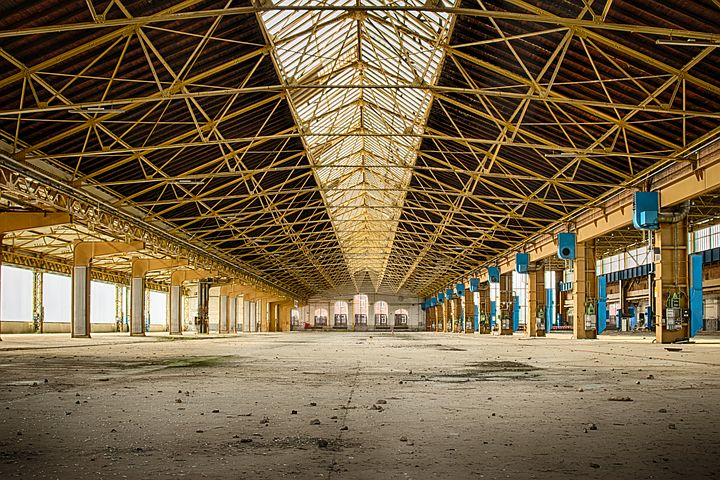Working on a construction site will tell you that it can be really dangerous, even at the best of times. With large, heavy materials being moved across site consistently, it’s easy to see why workers can get hurt. If you want to minimize the risks of workplace injuries, it’s pivotal for your scaffold to be erected and positioned safely throughout your work site. As a result, if you’re new to working or managing a building site, make sure you aware of all the legal guidelines regarding the use of building towers. On top of this, you need to be up to date with all installation requirements, safety measures and other necessary rules. If you’re unsure in anyway, consider reading this guide on construction site building platforms.
What are the consequences?
Perhaps the best thing to start this guide off would be to go through the consequences of installing unsafe scaffold. If they are not installed in accordance to the prescribed standards, there is obviously a much higher risk of someone getting seriously hurt or injured from a collapse. They may not even be directly on the site; they could just be a bystander. If something does go awry and individuals are hurt, you’ve most likely got a law suit on your hands, which you do not want.
What to do before hand
There are several processes that need to be completed before any of your scaffolds can be used safely on site. Indeed, you are required to create contingency plans and perform risk assessments that evaluate the risks of using your building towers. All potential hazards need to be identified and accounted for. Once these risks have been pinpointed, control measures must be created in order to negate those risks occurring during use. This is to ensure that your building towers are always safe and secure.
How do I maintain my scaffolds?

Firstly, if your building towers are greater than four metres in height, there are several key rules to follow. Firstly, anyone wishing to use the building platform must have written confirmation from a “competent” individual. This person must be qualified and have inspected the structure that day. Therefore, they can guarantee the safety of using the tower.
Secondly, all scaffolds have to be inspected at least once per month (or thirty days). This is permitting no accidents occur during this period. In the unfortunate situation where an accident does occur, the tower cannot be used further. In order for the platform to be operational again, the problem needs to be fixed and it must be assessed again fully. If it passes the risk assessment, then it can be used again. This is to minimize the chances of any other accidents occurring and identifying if the structure has a design fault or structural flaws.
What are my options?
When it comes to choosing scaffolds, you are spoil for choice. You need to make sure that you pick the right building tower for your construction site. So, when it comes time to make a decision, be thinking what type of work needs to be completed and how intensive it is.
If you’re mainly going to be doing light work, a light duty scaffold is probably your best bet. Why? They are really easy to set up and can be moved around throughout the day. On the other hand, more intense work will probably require a medium duty tower. They can support weights up to 450kg; however, they cannot be moved around and are fixed to a position for that duration. If you’re working on high-rise sites, walk-thru scaffolds are perfect, because they are fitted with ramps. There has also been a boom in Sydney’s construction, so high-rise scaffolds are in much higher demand. They allow you to join different towers, improving your workflow efficiency and overall mobility of materials.
